Residential Awnings and 14 Other Tips for Saving Energy
Saving energy is one of the best ways to cut your household budget, and there are probably many more ways to do it than you realize … including installing residential awnings!
Conservation is primarily about reducing how much electricity you use. Electricity is likely your greatest utility expense, and your gas and water usage are likely affected by electronics like control units for your furnace and water heater, your washing machine and dishwasher, etc.
The question is, where do you start?
Well, consider these two facts:
- The top 10 energy users in your home are all electronics, electronic systems and appliances.
- Number one on that list by far is your heating & cooling system, which accounts for around 47% of energy use.
That means that priority one for saving energy should be reducing the load on your HVAC unit (it doesn’t have to work so hard), followed by steps to reduce how much electricity your other major appliances are pulling off the grid.
Here are 15 steps you can take to dramatically cut your energy costs (and in many cases, how much), starting with one you might not have thought of: installing residential awnings.
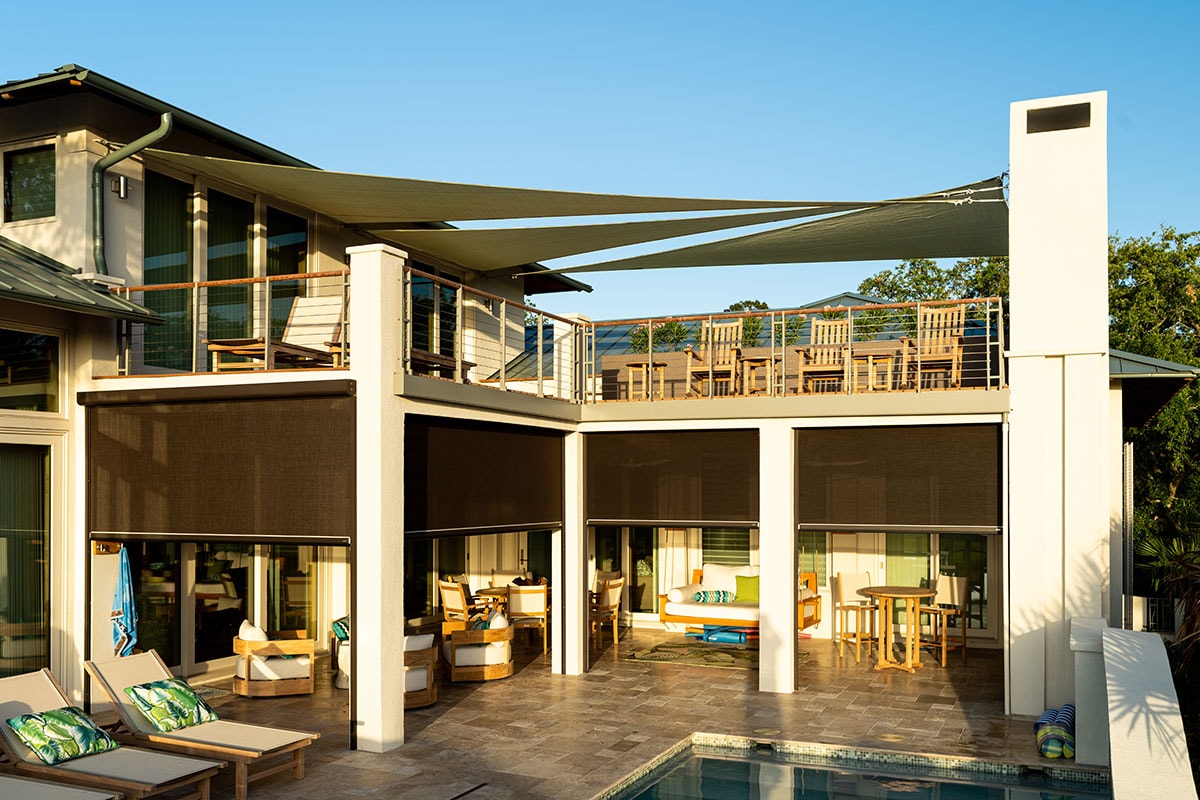
1. Install residential awnings.
Savings Estimate: 34%
Don’t underestimate the power of shade when your goal is saving energy! By simply shading your windows, awnings help prevent solar radiation. This is the process of sunlight passing through the windows and causing heat gain inside.
The warmer the interior, the harder your AC unit has to work to compensate. This is why:
- Homeowners with residential awnings can save as much as $187 per year.
- That savings potential only increases on especially hot years, as much as 18%.
- Light-absorbing darker colors and 165-degree coverage (vs. 90-degree) can save you an additional 5-6%.
Of course, heat gain is welcome in the winter. That’s why it’s best to install retractable awnings so you can benefit from full sun during the colder months of the year.
2. Install solar screens.
Savings Estimate: Up to 32%
To provide further protection against heat gain, consider adding solar screens. Studies have shown that annual energy cost savings with solar screens can be as high as 32%.
Solar screens complement your residential awnings by providing window coverage when the sun is too low in the sky for awnings alone to be effective. These can be internal or external, and may be motorized for easy retraction.
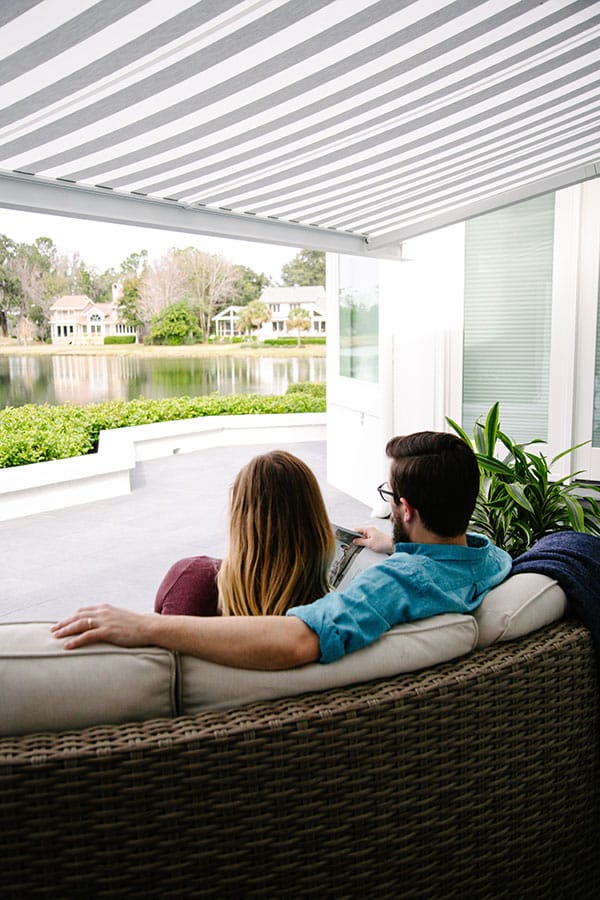
3. Weatherize your home.
Savings Estimate: 5%-30%
Another way to reduce the load on your HVAC system is by sealing any air leaks. Here are a few weatherizing techniques:
- Apply caulk to cracks between the wall and the window frame.
- Add weather stripping to doors and operable windows.
- Use foaming spray to fill cracks around plumbing, e.g. under sinks.
- Insulate the attic (especially before winter).
If you have a porch or patio area that you occasionally heat, it’s a good idea to add vinyl porch curtains to provide some insulation for that area as well.
4. Insulate hot-water pipes.
Speaking of insulation, you can reduce the load on your water heater as well simply by insulating the pipes that carry the hot water to your showers.
This maintains heat so that it’s 2 to 4 degrees hotter when it reaches the showerhead. That means you can turn the water heater down and still be comfortable.
5. Replace your HVAC filter every three months.
While half of the equation is creating an environment in which your HVAC unit doesn’t have to work as hard, the other half is keeping the unit working properly. A dirty filter will prevent airflow, which causes your unit to expend more energy.
All the savings you get from efforts like installing residential awnings and solar screens will be for naught if you don’t change your furnace filter regularly, at least every three months.
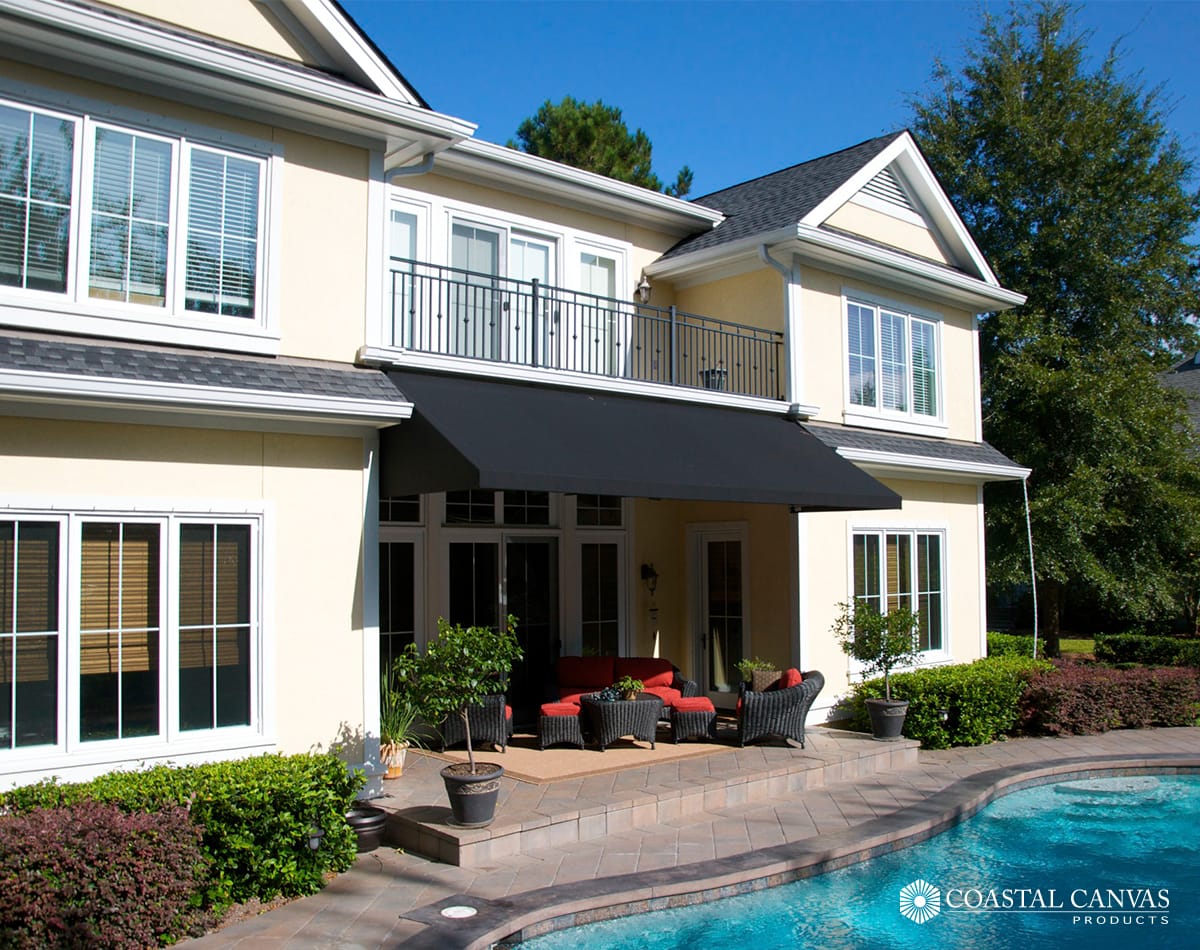
6. Clean your air ducts and vents.
Savings Estimate: 25%-40%
The filter isn’t the only culprit blocking airflow. You also need to keep the vents - points where air enters your home - clean.
Regularly cleaning the ducts through which the air travels inside your home is extremely valuable when saving energy is your goal. It’s a lot of work, but when you can save 25%-40% per year in energy costs, and you get cleaner air to boot, it’s worth it.
7. Purchase energy-efficient appliances.
Savings Estimate: 9%-25%
Major appliances - refrigerators, washers, dryers, dishwashers, ovens, etc. - are huge energy suckers, and replacing them with energy-efficient alternatives can go a long way.
Appliances with the ENERGY STAR label use less energy both while in use and while on standby. Some ENERGY STAR appliances, such as clothes washers, reduce consumption by as much as 25%.
8. Turn off your water heater when you’re away.
A common way homeowners waste energy is by heating water when nobody is using it. It would be tedious to turn off the water heater every time you go out, but it can really help to shut it off if you’re going to be away for a while, maybe three days or more.
There’s a simple solution for this, the same one we’ve recommended for solar screens: a timer. Just as you can program motorized screens to retract at times when you want to let the sun in, you can install one for your water heater to shut it off at night or when you’re not at home.
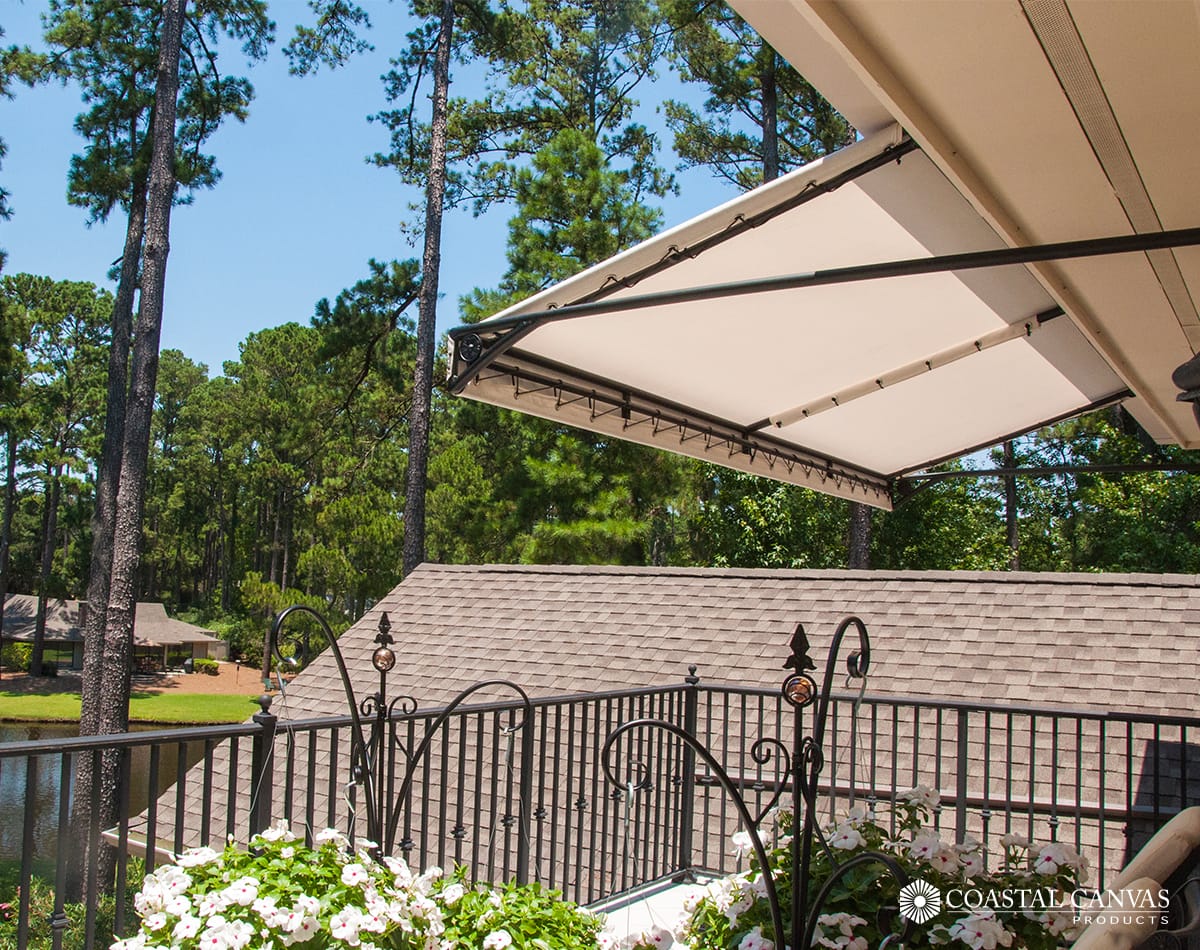
9. Turn off electronics when not in use.
This one is pretty simple. Turn off your computers, TVs, printers and other electronics when you’re not using them. They use more energy while on standby than you think.
10. Use smart power strips and plugs.
Savings Estimate: 5%-10%
Basic smart power strips simply shut off the power automatically when they detect the electronics plugged into them are in standby mode. Smart plugs are typically a little fancier, as they connect to your home WiFi network, allowing you to control them remotely.
Whatever you use, the basic idea is to cut waste by reducing your standby energy consumption.
11. Use your clothes washer and dishwasher more efficiently.
Even if you have invested in super efficient appliances, you can still waste a lot of energy if you don’t use them properly. Clothes washers and dishwashers are most efficient with full loads.
Running only full loads ensures that you’re not using those appliances more often than necessary, reduces water usage, and reduces your dryer usage as well.
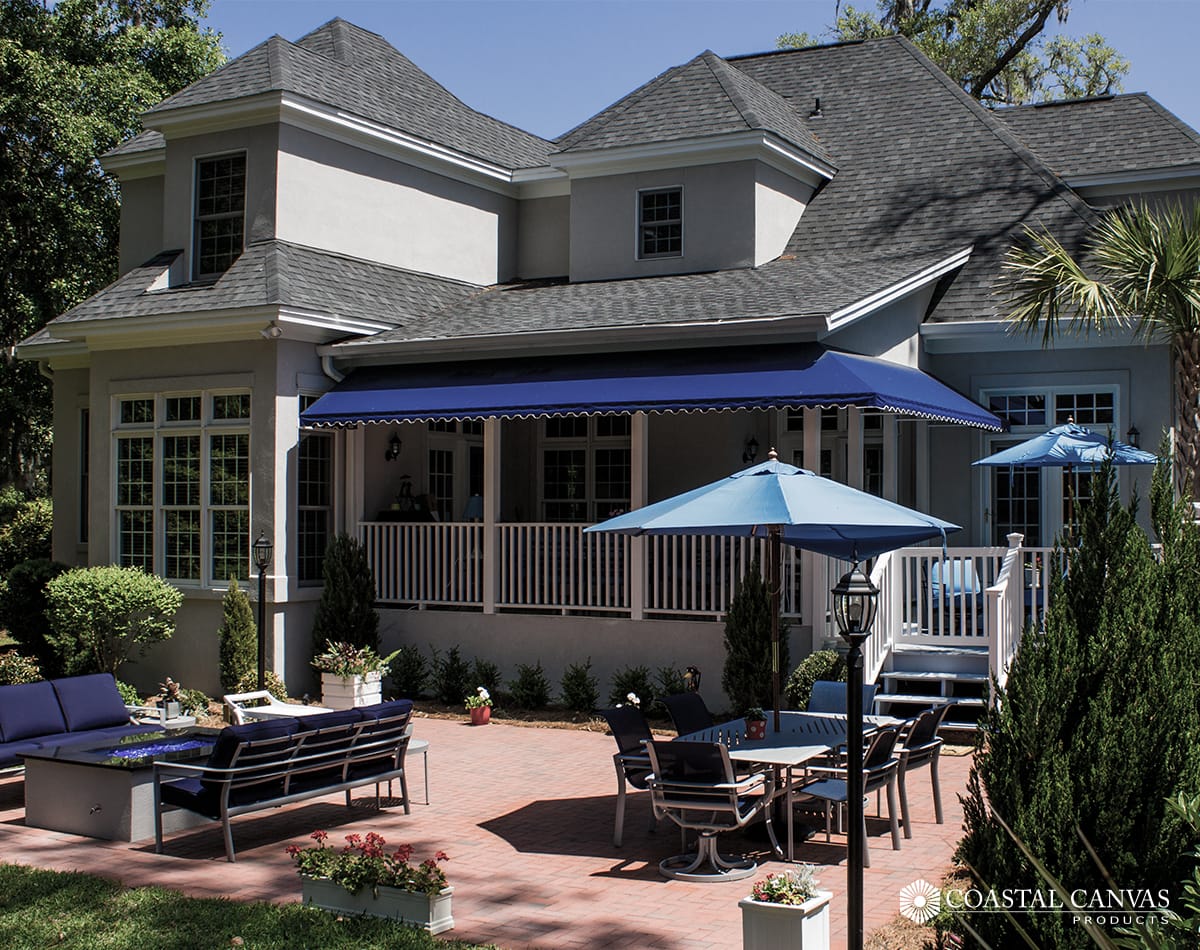
12. Keep the dryer filter clean.
Just as any debris blocking the airflow to your HVAC unit causes it to work harder, the same is true for the dryer. Keeping the filter clean is a good start.
In addition, use a vacuum attachment that allows you to get into the filter area and periodically clean it out thoroughly. This will really help it run more efficiently.
13. Don’t wash your dishes by hand.
If you think washing your dishes by hand is more efficient than using the dishwasher, you’ll be surprised to learn dishwashers are actually more water-efficient. They use 5,000 fewer gallons of hot water per year, reducing the load on your water heater.
Are you a fan of outdoor living and worried that you can’t wash your dishes out there anymore? As we’ve written about before, from screens to retractable roofs, there are ways to protect your outdoor kitchen from the elements so you can safely install an outdoor dishwasher.
14. Let your dishes air-dry.
There is one way dishwashers aren’t the most efficient, and that’s during the drying cycle. Best to let your dishes air-dry.
Crack open the windows to let in the breeze or just set them in your outdoor kitchen’s drying rack, knowing you are reducing your dishwasher’s energy consumption by 15%-50%.
(As a bonus, this also keeps your indoor kitchen cooler, further reducing the load on your AC unit. Not as much as your residential awnings, perhaps, but every bit helps!)
15.Replace your light bulbs with LED lights.
While we’re focusing mostly on your HVAC system, your appliances and how you use them, your approach to lighting is another important part of saving energy.
LED (light-emitting diode) bulbs use 25%-80% less electricity than traditional bulbs and last anywhere from three times longer to 25 times longer. That amounts to huge energy savings in the long run, not to mention the cost of replacing bulbs.
We typically suggest LEDs to customers who want to:
- Install lighting beneath their residential awnings.
- Light their porch curtains.
- Spotlight their shade sails.
- Add security lights to their roll shutters.
Or add lighting to any of our outdoor products while saving energy.
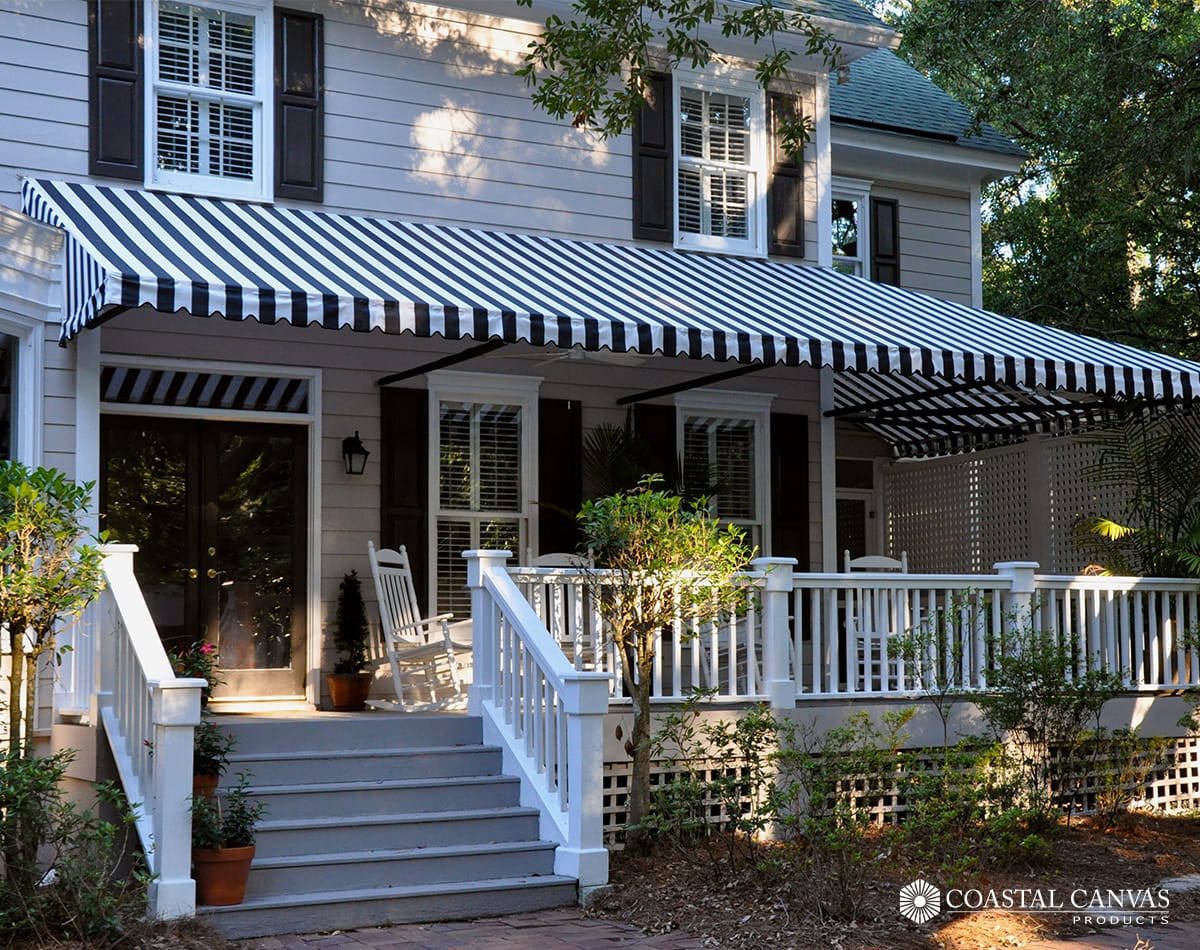
Saving Energy, Looking Good, Enjoying Home
That’s a pretty good summary of what we help you do here at Coastal Canvas!
We might start a conversation about the relationship between shade and saving energy, but what we usually end up talking about is your ideal lifestyle.
The ideal lifestyle is one in which you can feel free to focus on how attractive and enjoyable your living spaces are, knowing you’ve made good decisions that make your home more energy efficient, safe and secure.
Let’s have that conversation! Just reach out. We look forward to working with you toward achieving your ideal lifestyle.
“Great people to work with. Very courteous.” - Jakubowski Residence
“It is refreshing to find a company so dedicated to quality!” - Brubaker Residence
Coastal Canvas serves these and surrounding areas:
- Savannah, GA
- Hilton Head Island, SC
- Bluffton, SC
- Palmetto Bluff
- Beaufort, SC
- Richmond Hill, GA
- St. Simon’s Island, GA








